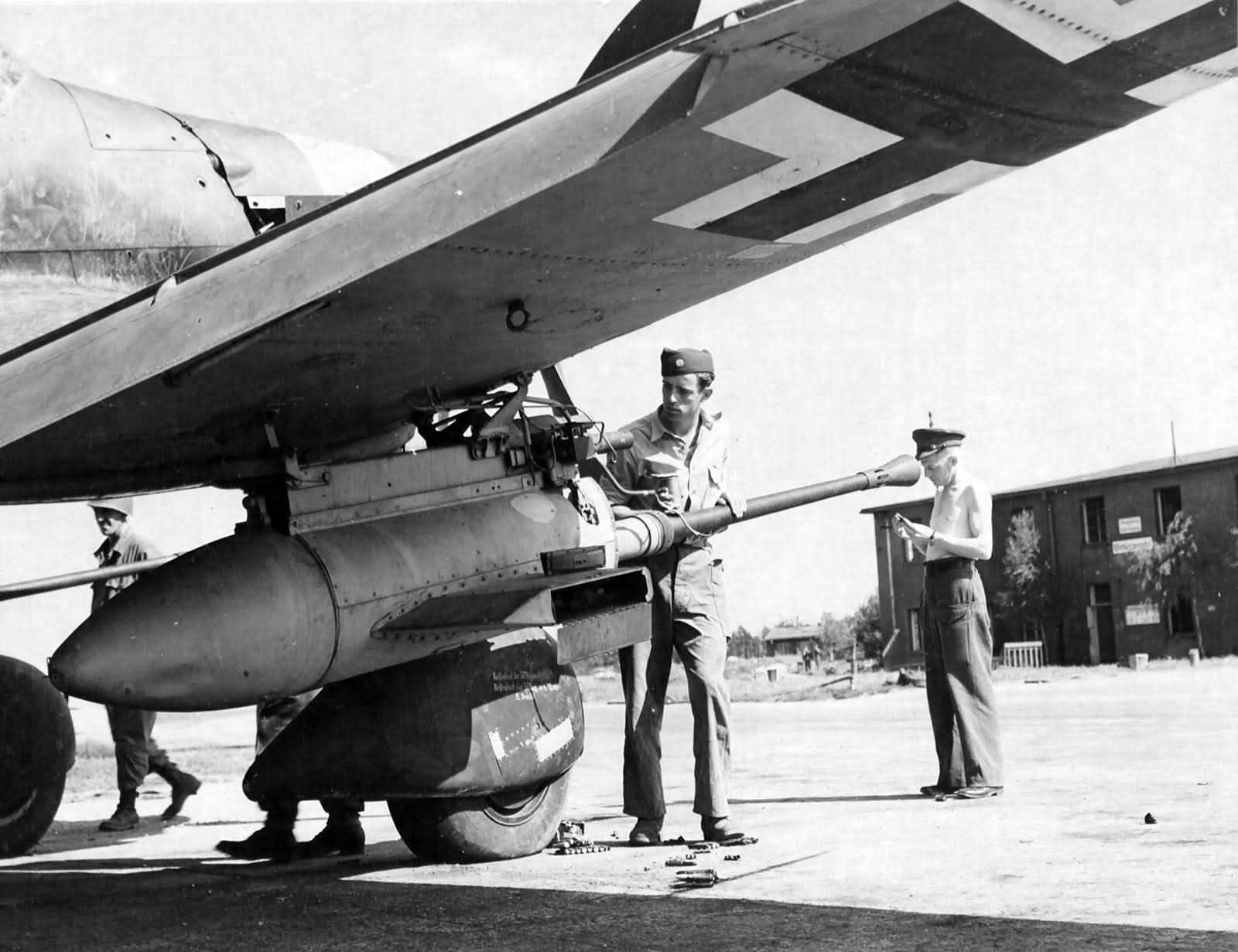

On October 11, 1939, he was awarded the Iron Cross 2nd Class for this work. Instead, he flew long range reconnaissance missions during Polish Campaign as a Leutnant. Rudel was not considered a good pilot during training, and was not chosen for fighter pilot training.Īfter passing his flying training course, Rudel applied for further training as a dive-bomber pilot but was turned down. In 1936, he became a flying cadet in the Luftwaffe as a way to continue his sporting activities. Never a good student, he received a limited education, joining the Hitler Jugend in 1933 and becoming a dedicated Nazi, a belief he never gave up for the rest of his life.

Hans Ulrich Rudel, the most-decorated German combat pilot of the Second World War, was the outstanding proponent of the Stuka.īorn in Silesia in 1916, Rudel was the son of a Protestant minister. Production of the Ju-87 Stuka was finally halted in October, 1944, when the only unit still operating it on daylight missions was Rudel’s SG 2. The Ju-87G-2, which was based on the Ju-87D-5 with longer-span wings, appeared in early 1944. The aircraft, which arrived on the Eastern Front in October 1943, and were known as Panzerknacker (Tank Buster) or Kanonenvogel (Cannon Bird). The unit also operated during Operation Citadel - known to history as the Battle of Kursk, the largest tank battle in history - where Rudel knocked out 12 T-34s in six missions on the first day, using his newly-developed tactic of hitting the Soviet tanks from the rear, where they were more lightly-armored and the engine was vulnerable to cannon fire.įollowing this success, more Ju-87 D-3s were converted and designated the Ju-87G-1. In March 1943, the unit took part in a tank battle around Belgorod, in which Rudel knocked out his first tank with the new tank-busting Stuka. In three weeks, Hans Ulrich Rudel - who had been assigned to the unit to lead the development of tactics - destroyed 70 of these boats. While the Flak 18 was no longer useful as an anti-tank weapon in ground battles, initial tests of the prototypes - which included attacks against Soviet landing craft in the Black Sea - demonstrated that the gun was still useful when fired from the air. In February 1943, "Panzerjagdkommando Weiss" was formed at Briansk to test the tank-busting version of the Ju-87 D-3, which had been developed at the Luftwaffe's experimental station at Rechlin.

The 7.9mm or 20mm wing guns were deleted and - since dive-bombing was not possible with the additional weight of the guns - the dive brakes were also deleted. They carried pods fitted outboard of the landing gear, with the ammunition in six-round clips. The Ju 87G was the final version of the Stuka, armed with two 37mm Rheinmetall-Borsig BK3,7 anti-tank cannon, which fired fired special armor-piercing ammunition with tungsten cores, at a muzzle velocity of 850m/sec. It was as difficult as dive-bombing a moving ship, only a much smaller target. During the rest of 19, the inadequacy of dive-bombing tanks became more and more evident. However, four days after the beginning of Operation Barbarossa, on June 26, 1941, Stuka Geschwader 2 attacked 60 Soviet tanks south of Grodno, later discovering that only one had been knocked out. Prior to the invasion of Russia, the Luftwaffe had determined that dive-bombing was the proper way to attack armored vehicles. From the dark mists of time, actually 2006:


 0 kommentar(er)
0 kommentar(er)
